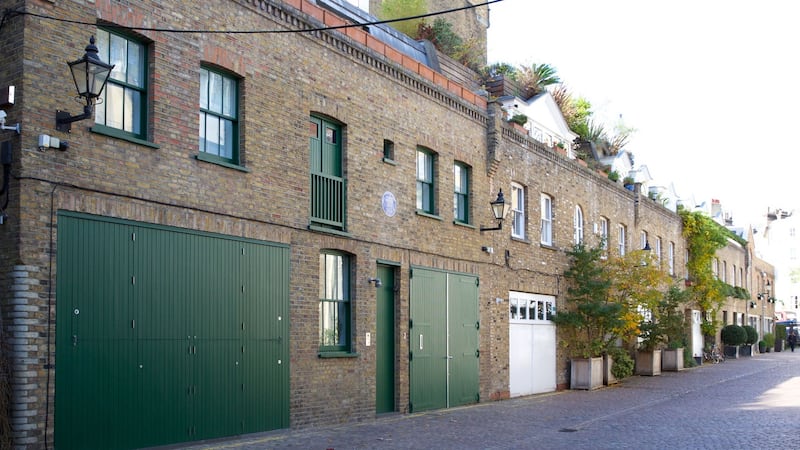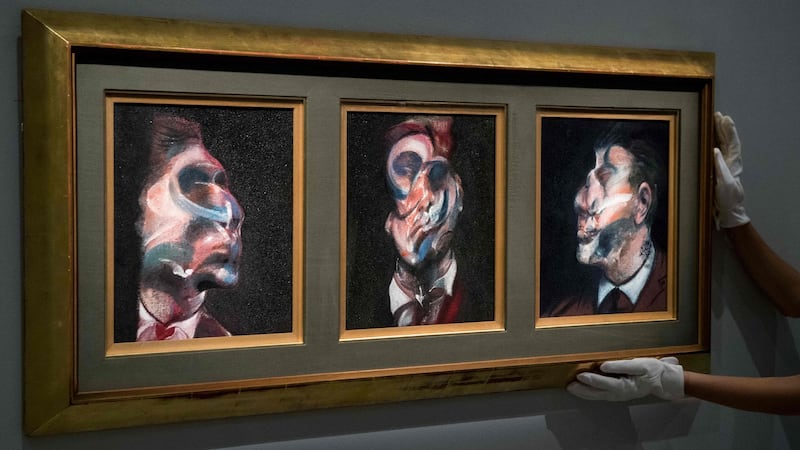Painter Francis Bacon has been commemorated with a blue plaque at the "insanely eccentric" mews home where he produced some of his greatest works.
The Irish artist, who was known for his bold and shocking figurative style, lived at the studio in South Kensington, west London, from 1961 until his death in 1992.
English Heritage unveiled the permanent plaque at the converted Victorian coach house, 7 Reece Mews, on the 108th anniversary of his birth.
The tiny studio, situated on the first floor, was a scene of chaos – but where Bacon felt he worked best.

He used the walls to mix paints, while paint tubes, brushes and rags were strewn across the floor and covering every surface.
Author and broadcaster Melvyn Bragg, who knew Bacon well, said: "It's a great idea to put up a blue plaque for Francis Bacon at the idiosyncratic, almost insanely eccentric, tiny upstairs flatlet in which he did some of his finest work. I'm sure he would have loved it."
‘Dump’ nobody else would want
During an interview with Bragg on The South Bank Show in 1985, Bacon said the studio was the "kind of dump that nobody else would want but I can work here".

He added: “I work much better in chaos. I couldn’t work if it was a beautifully tidy studio, it would be absolutely impossible for me... Chaos breeds images.”
Bacon completed Three Studies for a Crucifixion (1962) shortly after moving into the mews house and went on to produce some of his most celebrated works there, including Portrait of George Dyer Talking (1966).
Six years after his death, the studio and its contents were moved and recreated at The Huge Lane gallery in Dublin, the city where Bacon was born in 1909.
The blue plaques scheme, taken on by English Heritage in 1986, has been running since 1866 to commemorate the notable people who lived and worked in buildings in London. – Press Association











